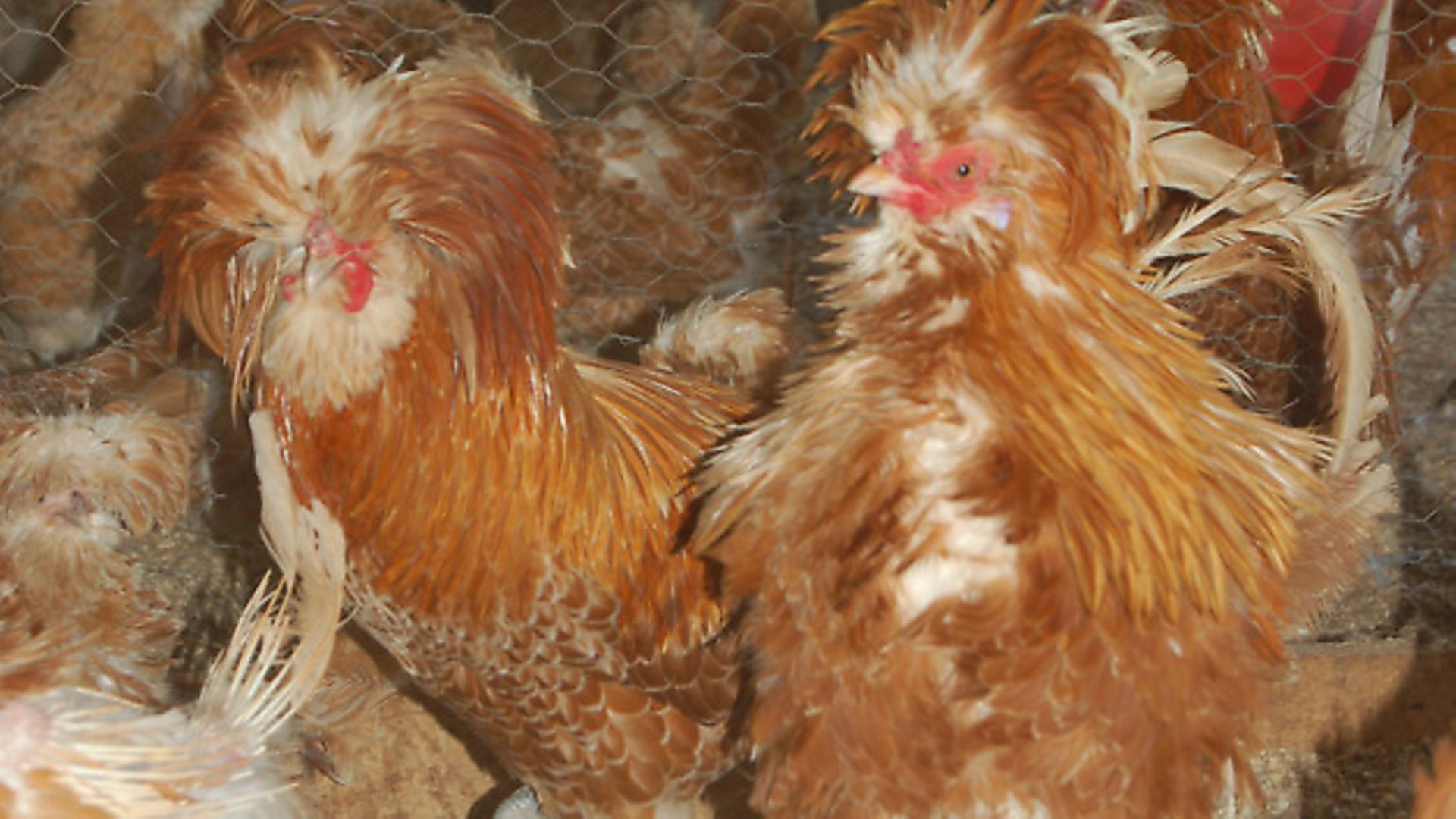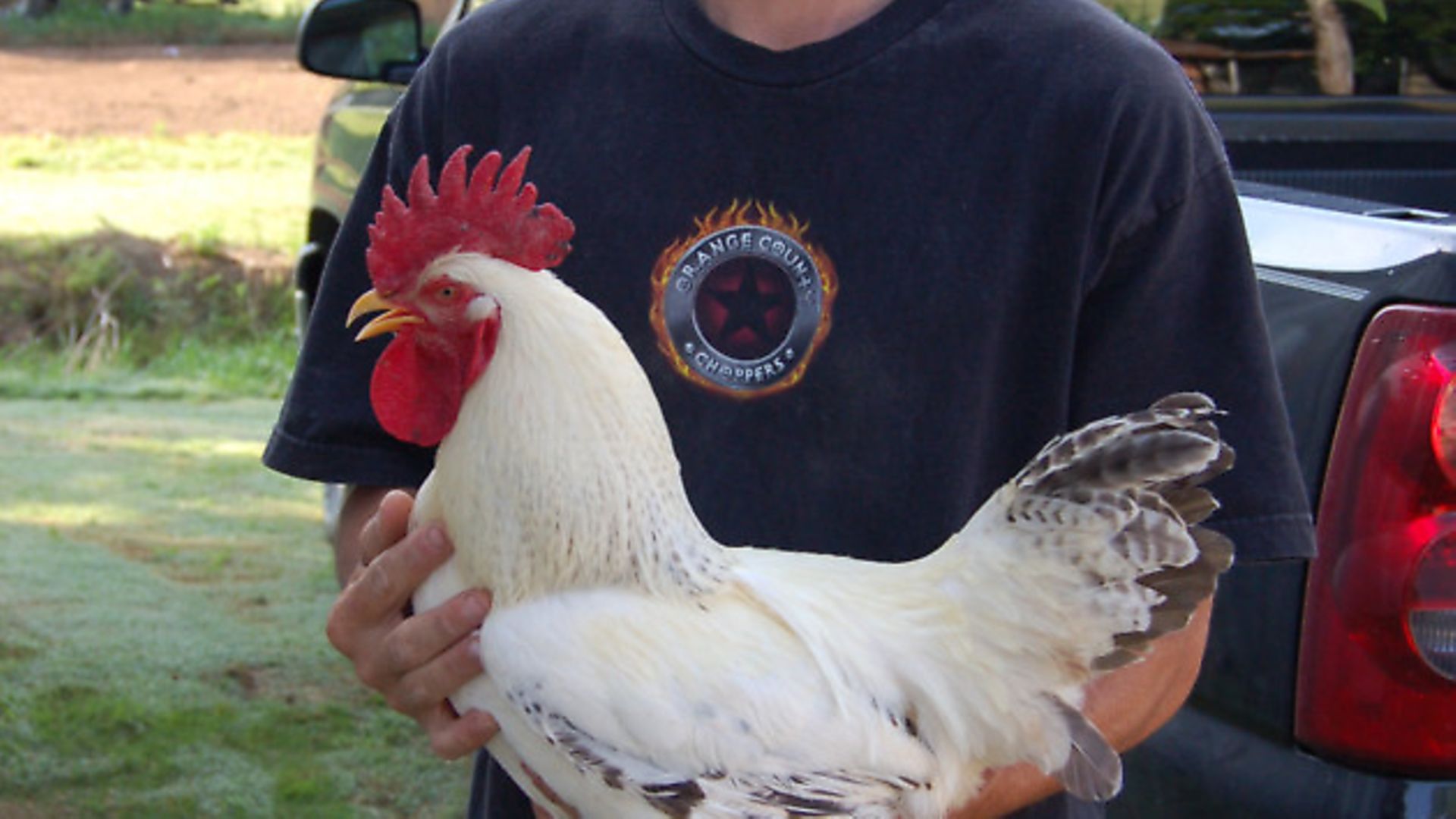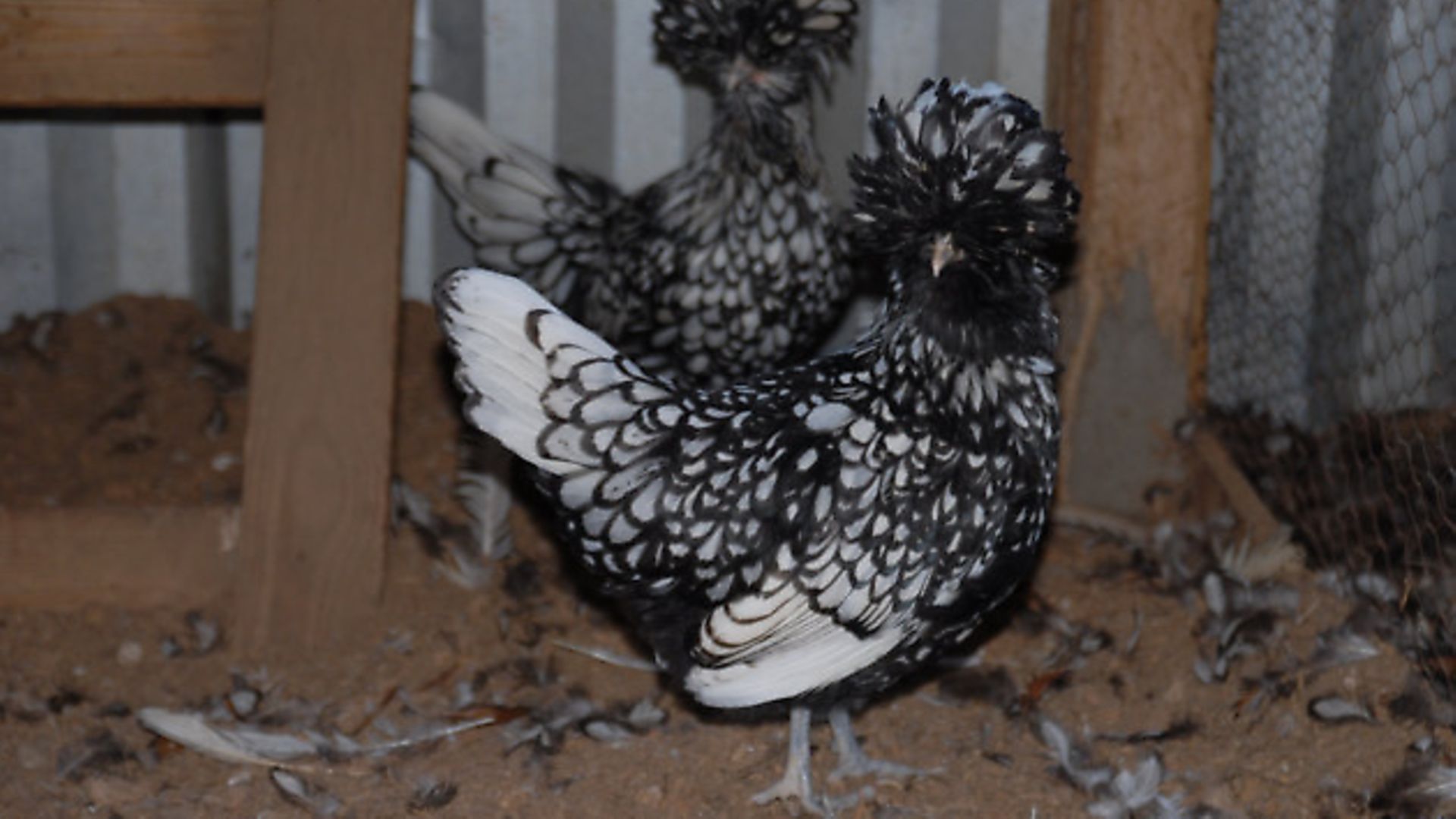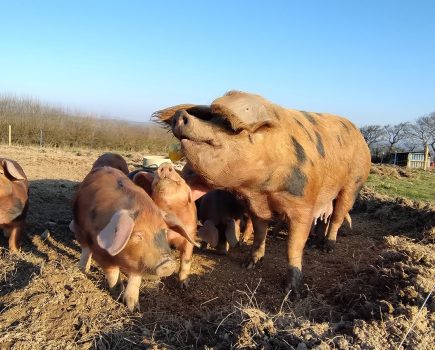Country Smallholding writer Terry Beebe has been on a trip to the United States where he met up with a keen poultry breeder

Channing Grisham lives on a smallholding in the southern State of Alabama and keeps many poultry breeds.
He has many American rare breeds – known as Heritage Breeds over there – but his favourite is a European breed, the Poland, known as the Polish in the US.
Channing lives in the small town of Anderson with his wife and two children, and is able to keep birds free range on his four acres of land.
He breeds a large number of birds, some of which he sells to help fund the costs of keeping a large flock. He explains that it is quite simple selling birds in the States as you can send them by carrier and even post, something that is not allowed in the UK.
Some of these birds are transported thousands of miles and, in most cases they arrive in good condition, but I have to add that there are mistakes made and this can result in the loss of the birds.
Tell us about your favourite breed?
I have several favourites that include the Buckeye, Java, Delaware and the French Marans, but the my favourite is the Polish. Although a non-US breed, it is increasing in popularity in the States. I have bred these for quite a few years in a wide range of colours including the Chamois (Buff), Silver, Gold Laced, Black and Blue. I also breed the Buckeye and Java in both large and bantam as well as the rare Delaware.

What first attracted you to the breeds?
Breeding Polish to the correct standard gives me a challenge and, although sometimes it can be very frustrating when you do not succeed breeding the quality you want, it can also be very rewarding when you breed a show winner.
Breeding the Buckeye and Java and other heritage birds is my own way of trying to help to support and protect them. They need to be bred both for standard but are also suitable as meat/egg birds. Although pure breeds, they are a perfect dual purpose birds and have to be bred for this purpose as well as for exhibition.
Where did you get them from and how much did you pay?
The Polish were bought from a variety of breeders in the US. Eggs cost me around $50 per dozen, but some of the early birds were bought from a long term breeder in Alabama. These cost around $30 each but some were given free of charge to help with the breeding program, and this proved to be a great help.
The Buckeyes and Java also came from breeders in the US, both as eggs and grown birds. The cost of the birds was from $15 each and most of the eggs were free of charge.

What is it about the breed that most appeals to you?
The Polish have a very exceptional appearance with their large crest and the wide very attractive range of colours. The breed also has a very pleasant temperament and is generally very easy to handle.
Buckeye and Java are quite easy to breed and, if bred to standard, are very attractive birds as well as being useful as a dual-purpose breed.
Do you have a fond memory of a particular bird?
As I breed a lot of birds, it is difficult to have one favourite bird. Possibly the most memorable was a Chamois Polish Hen that won many awards. She lived to a ripe old age and, towards the end of her life, became a very friendly family pet. I would say she was one of the best we ever bred.
What is the breed like as an egg producer?
They lay quite well depending on the bloodline. In many cases I can get between four/five eggs per week, but this can vary a lot depending on the birds.
I would not expect to keep them just for eggs.
Are there any challenges in keeping this breed? Do they have any special needs?
The breed is well known for its challenges. The crest is the main problem as these can create eye problems. To help prevent eye infections it is a good idea to tape up the crest; this leaves the eyes clear and helps to keep them clean.
One thing to watch is that, once taped up, the crest can become infested by mites. This can be prevented provided you keep checking the crest and removing and replacing the tape. Keeping the birds inside, or at least undercover, is another good idea and helps prevent problems and infections.
What is their temperament like?
I have found them to be very calm and friendly, but if approached from behind they can become frightened – they have a restricted view to the rear because of the crest size. If handled and approached with care, they do become very tame.
Have you bred from them, and was this a success?
I have bred with a lot of success and, in fact, a few years ago I bred more than 1,000 birds in one year. The fertility was sometimes a problem with certain bloodlines due to inbreeding, but generally it was very successful.
Have you ever shown the birds? If so, was it a success?
Yes, I have shown them at several shows across the US and at many local shows down here in the south. I have won several awards including quite a few Best of Breeds, but showing is really not my main interest and time does prevent me doing more. One of my favourite shows is the Ohio National. It is quite some distance from were I live, but I have won there on several occasions.
Do you have any tips for others who might try this breed?
The advice I would give is that you need plenty of time and resolve. They can be very difficult to raise and breed.
The Alabama weather is generally warm and dry, but the Polish are still better kept indoors. The Buckeye and Java, on the other hand, are very hardy and easy to keep.
TERRY’S VIEW: The Polish
The Polish are one of my favourite breeds. They are a pleasure to keep, but they can take extra time and care to keep them in good condition. They are better if kept indoors and not mixed with other non-crested breeds as they can be bullied.
They can be treated as any other chickens provided extra care is taken with the crest.
I would recommend this breed to anyone as they are stunning to look at and are ideal for exhibition.
As Channing says, achieving the correct standard can be difficult. Fertility can also vary subject to the colour and the breeding strain being used. In most cases there will be success provided you start with the correct quality birds and stick to trying to breed standardised colours. This will give you the chance of having that show winner that you can be proud of.
The US heritage breeds are under threat of extinction and there are many US breeders dedicated to their conservation. The Buckeye and Java are great birds. They have good fertility and can be quite easy to breed. They are available in the UK although this is a bit limited. Why not have a go?
Fors
• Ideal for exhibition
• Wide range of colour variations
• Easy to sell excess birds
• Reasonable layers (but not exceptional)
• Good if kept in confinement
Against
• Can be high maintenance
• Better if kept under cover
• Do not mix well with other breeds
• Crest needs extra care
• More time to look after
Image(s) provided by:
Archant
Archant
Archant







